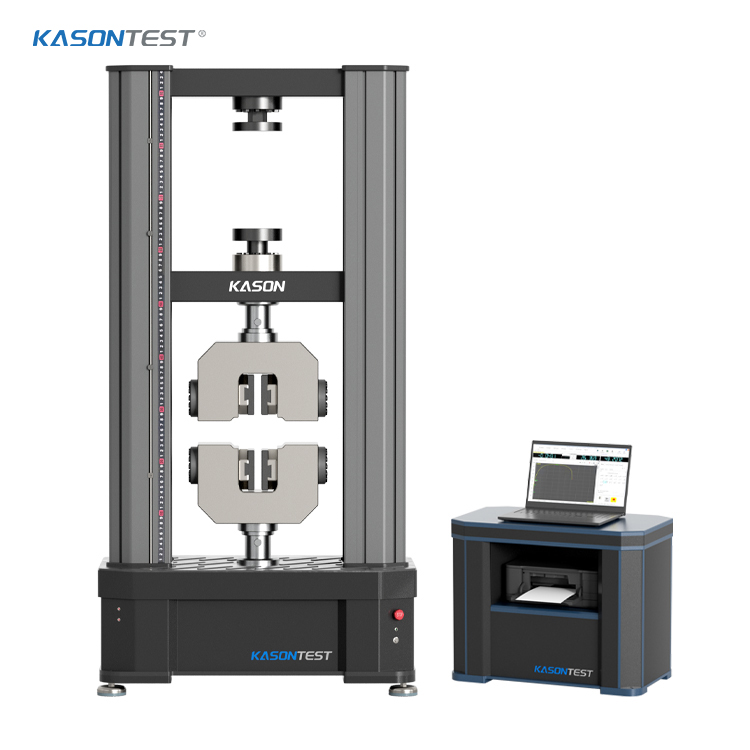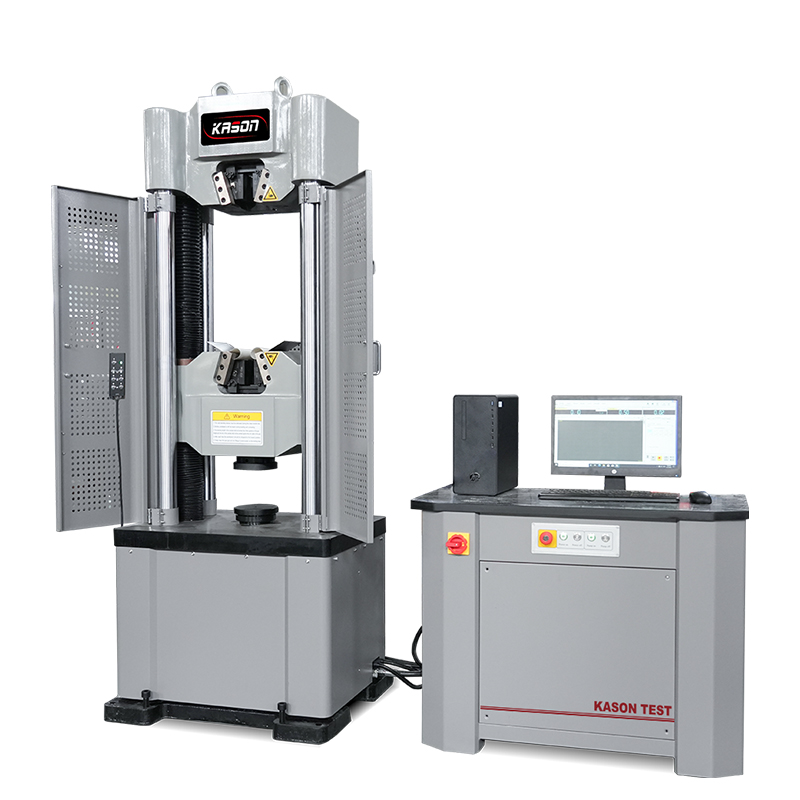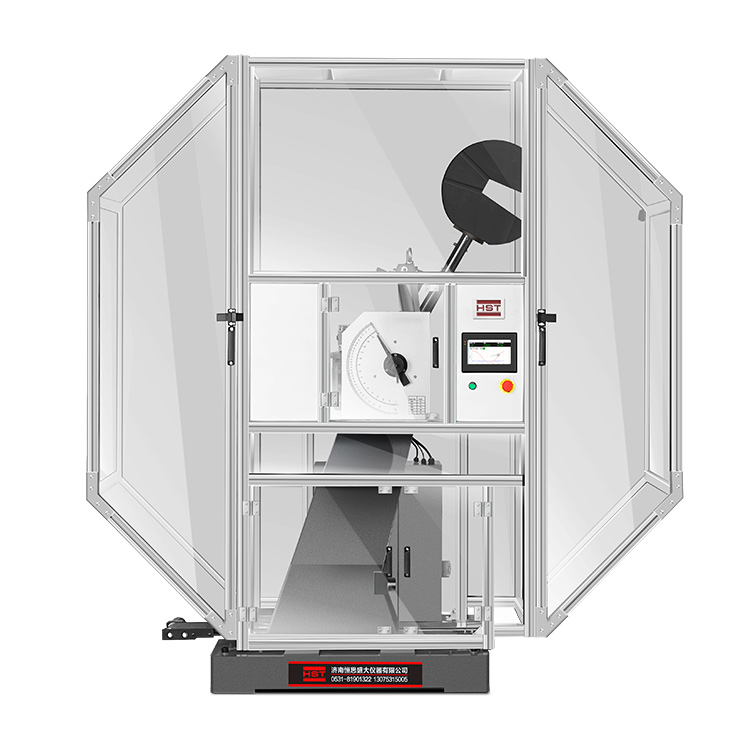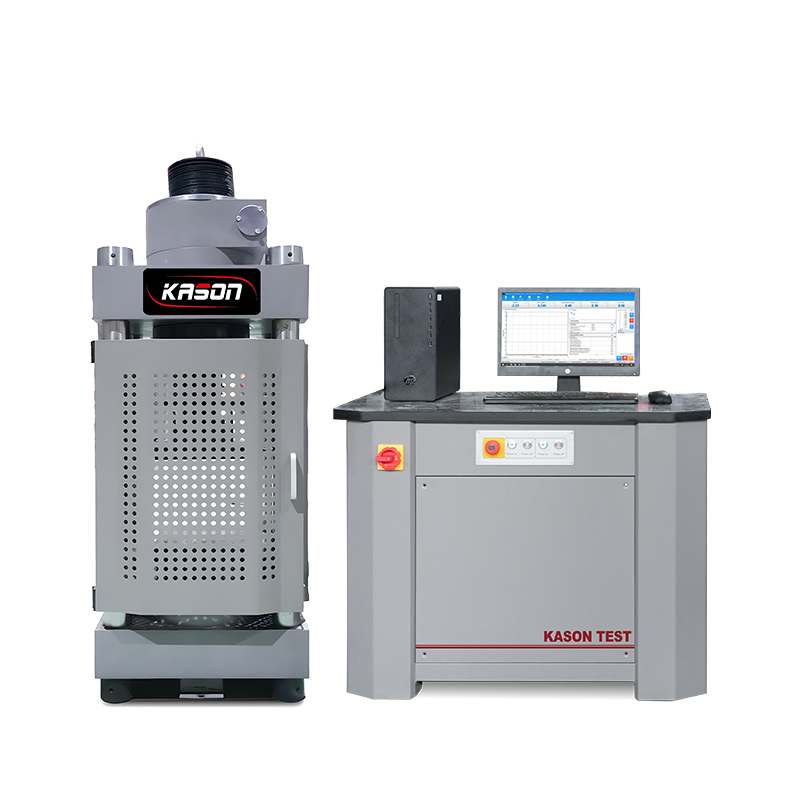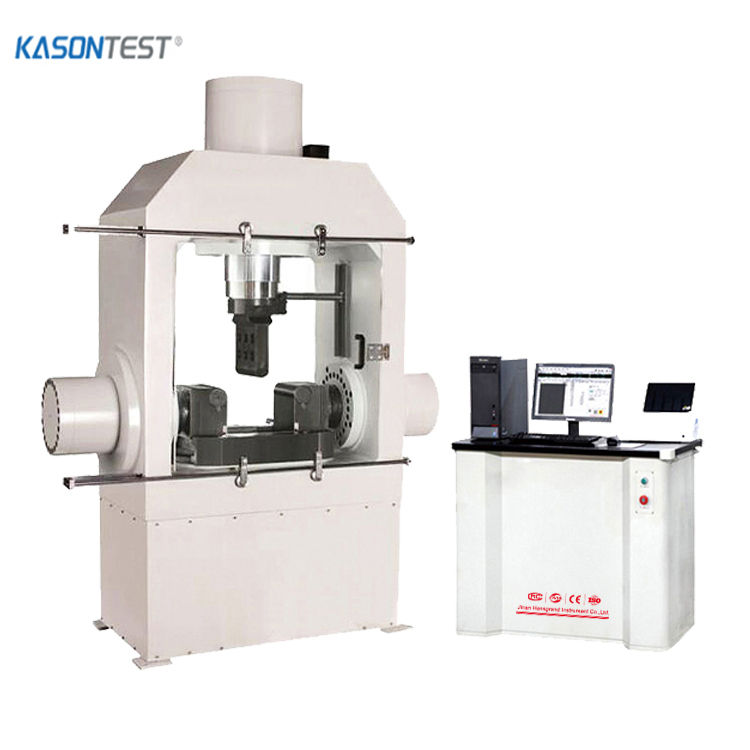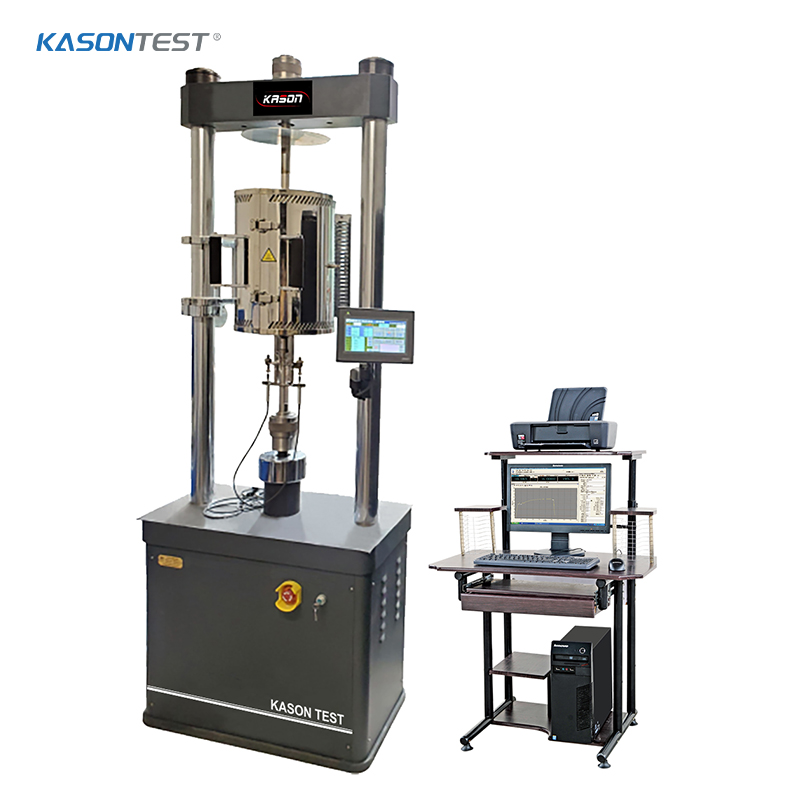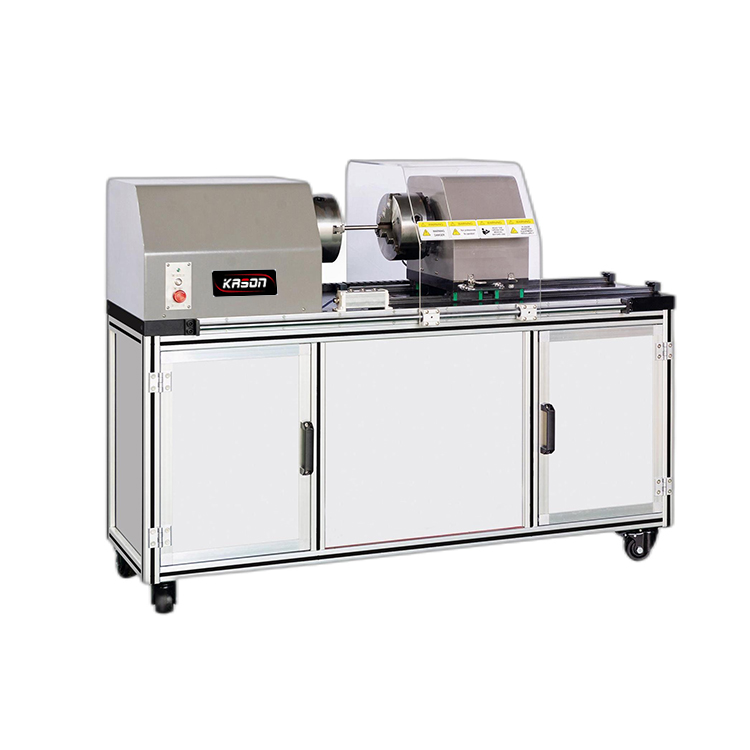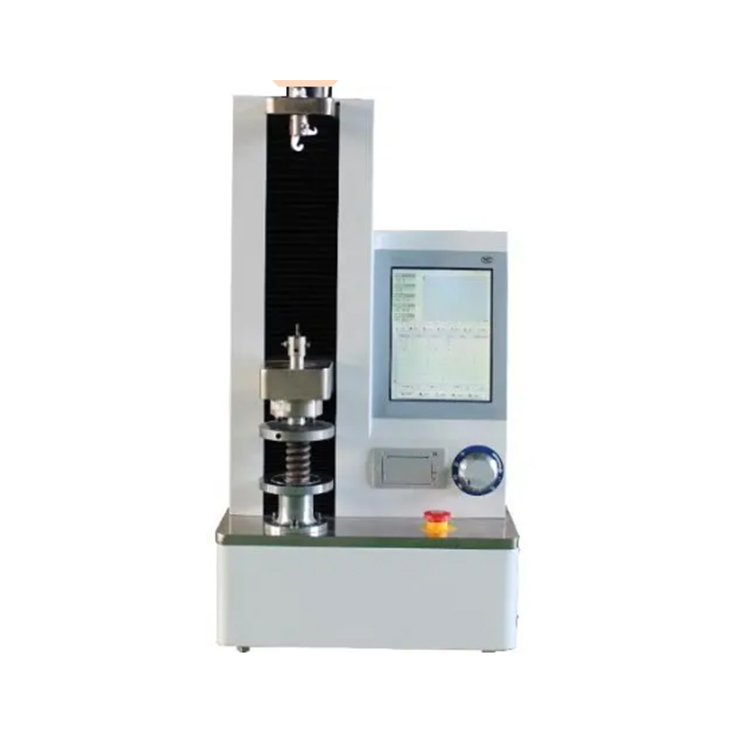A Guide to Cyclic Fatigue Testing of Spinal Implant Constructs in accordance with ASTM F1717-18, ASTM F2706-18 and ISO 12189-8
During normal patient activity, spinal constructs and implant assemblies are subjected to high in vivo loading, so testing is required to avoid catastrophic failure. Spinal injuries often occur due to rotation, bending or axial loading conditions causing dislocation or fracture. Static testing is used to evaluate loads that will result in spinal fracture, whilst fatigue testing is performed to evaluate the number of cycles it takes for failure to occur when components are exposed to repeated loading at lower forces.
Fatigue, or service life testing of spinal constructs is critical as fatigue failure is more common than catastrophic failure. Loading is typically applied with a constant-amplitude, load-controlled sinusoidal waveform, running in excess of five million cycles.
ASTM F1717, Standard Test Methods for Spinal Implant Constructs in a Vertebrectomy Model and ASTM 2706, Standard Test Methods for Occipital-Cervical and Occipital-Cervical-Thoracic Spinal Implant Constructs in a Vertebrectomy Model, specify methods for both the static and fatigue testing of spinal implant assemblies. The tests include:
Static compressive bending
Static tensile bending
Static torsion
Dynamic compressive bending fatigue
ISO 12189, Implants for surgery – Mechanical testing of implantable spinal devices – Fatigue test method for spinal implant assemblies using an anterior support, species a very similar Dynamic compressive bending fatigue test.
For the majority of spinal construct testing, ultra-high molecular weight polyethylene (UHMWPE) blocks are used rather than vertebrae to eliminate variations in bone properties and geometry that may be present.

